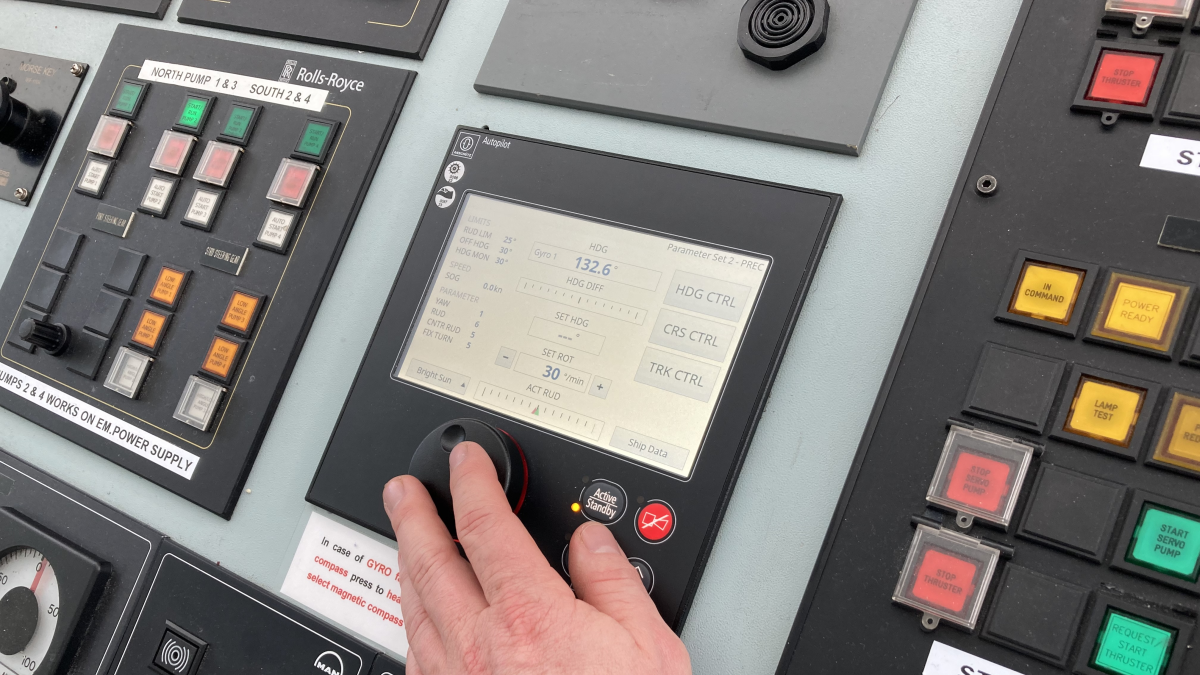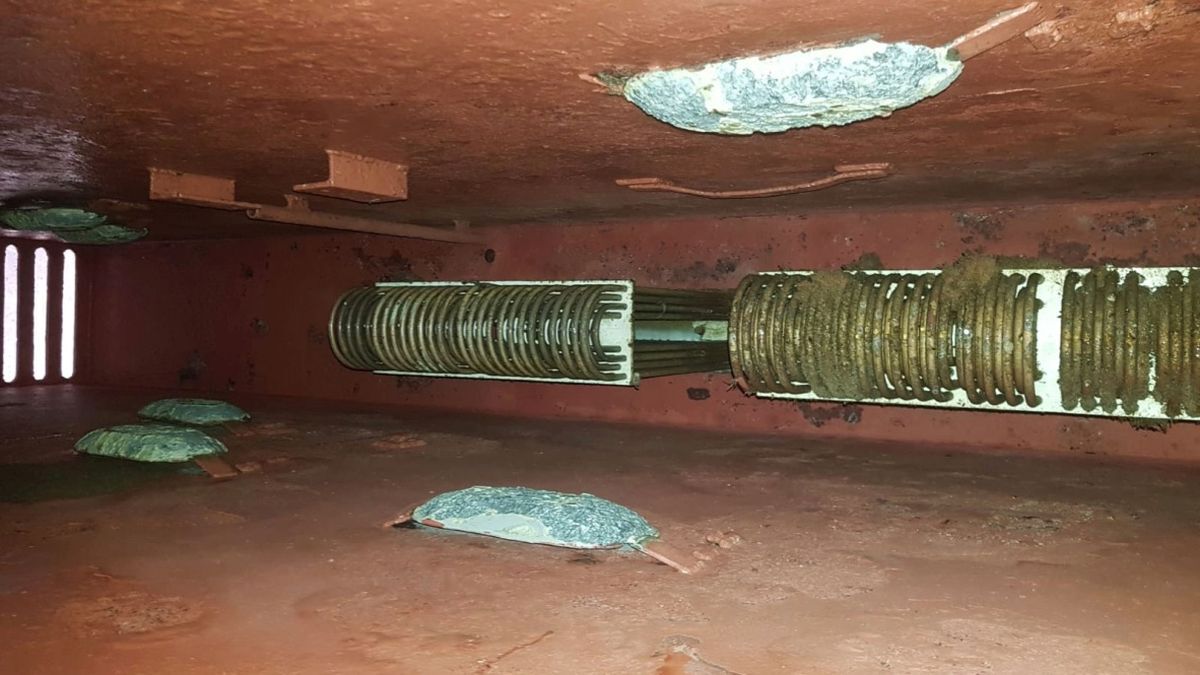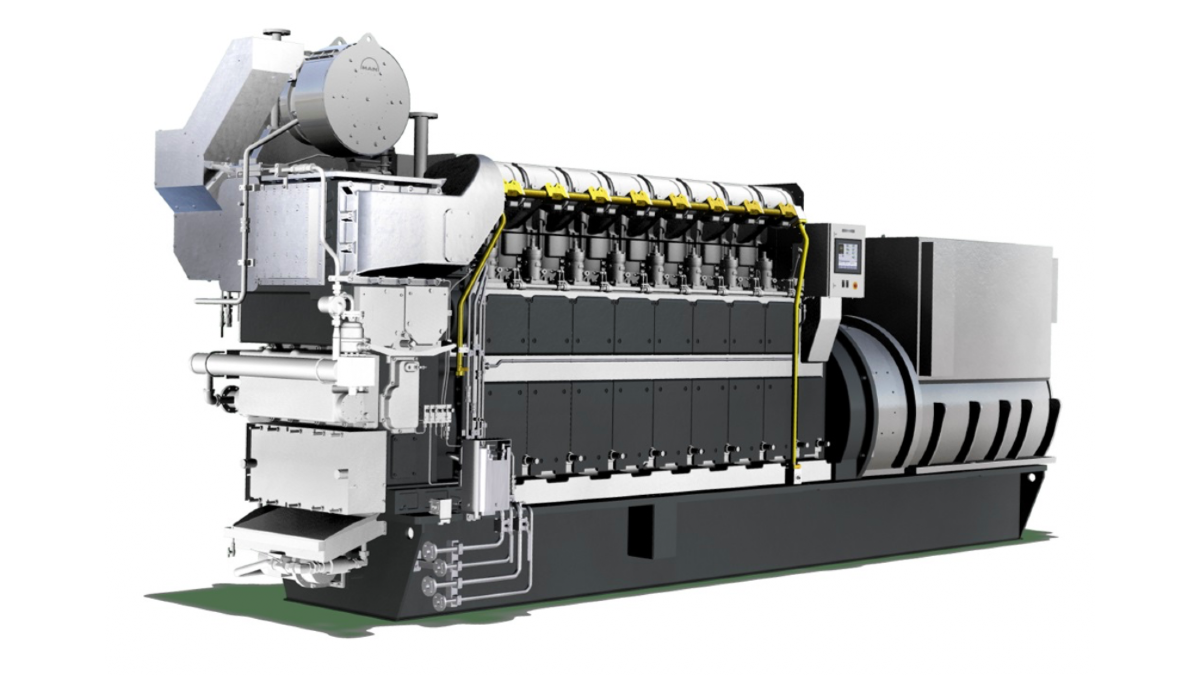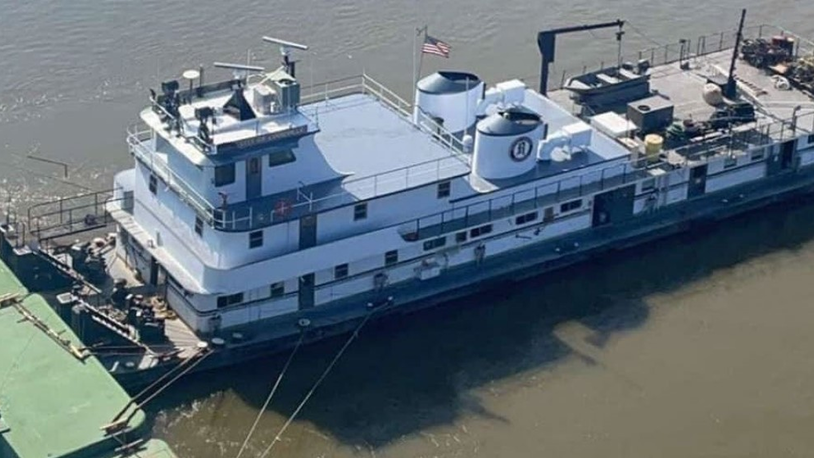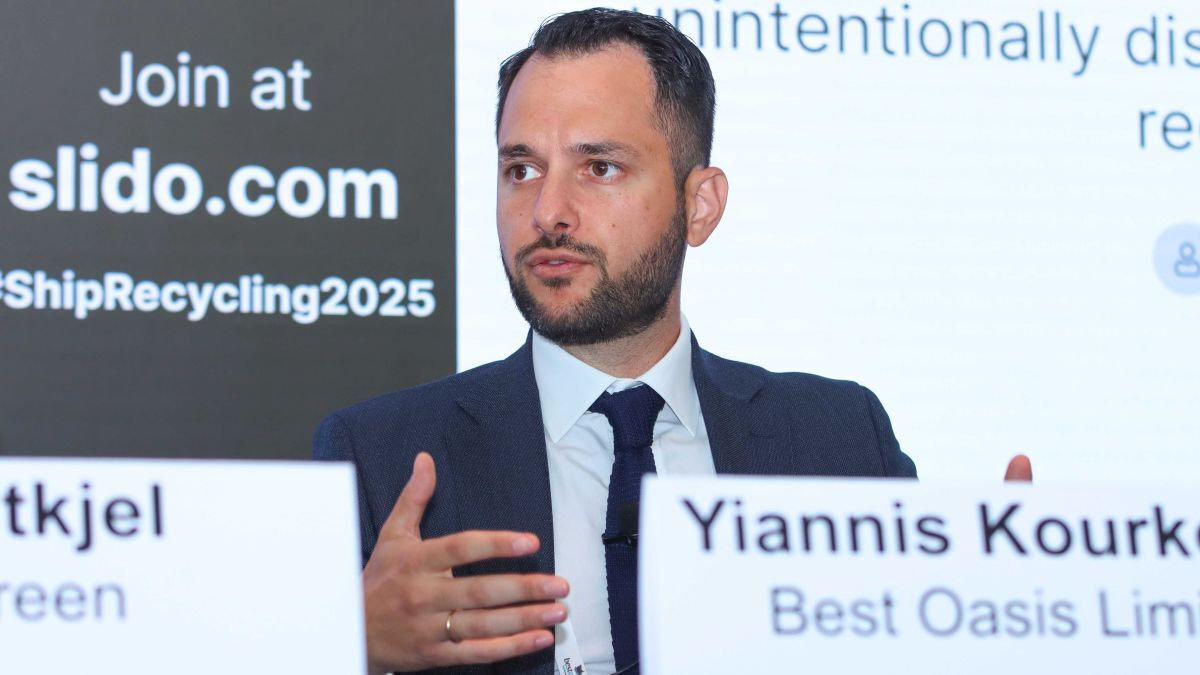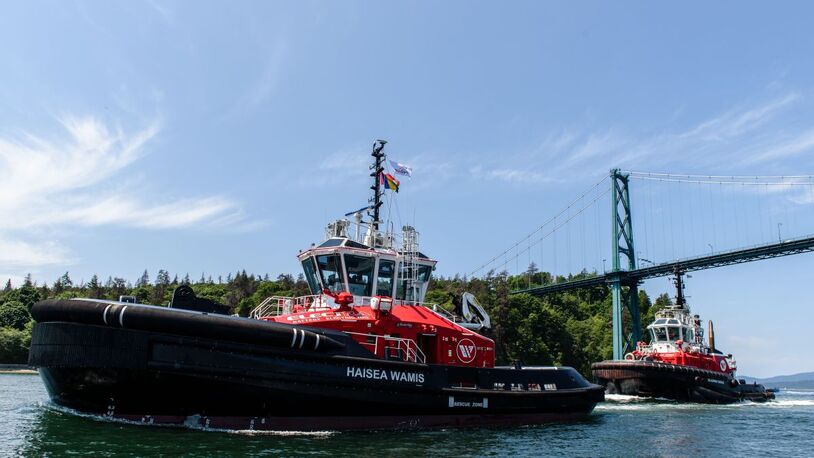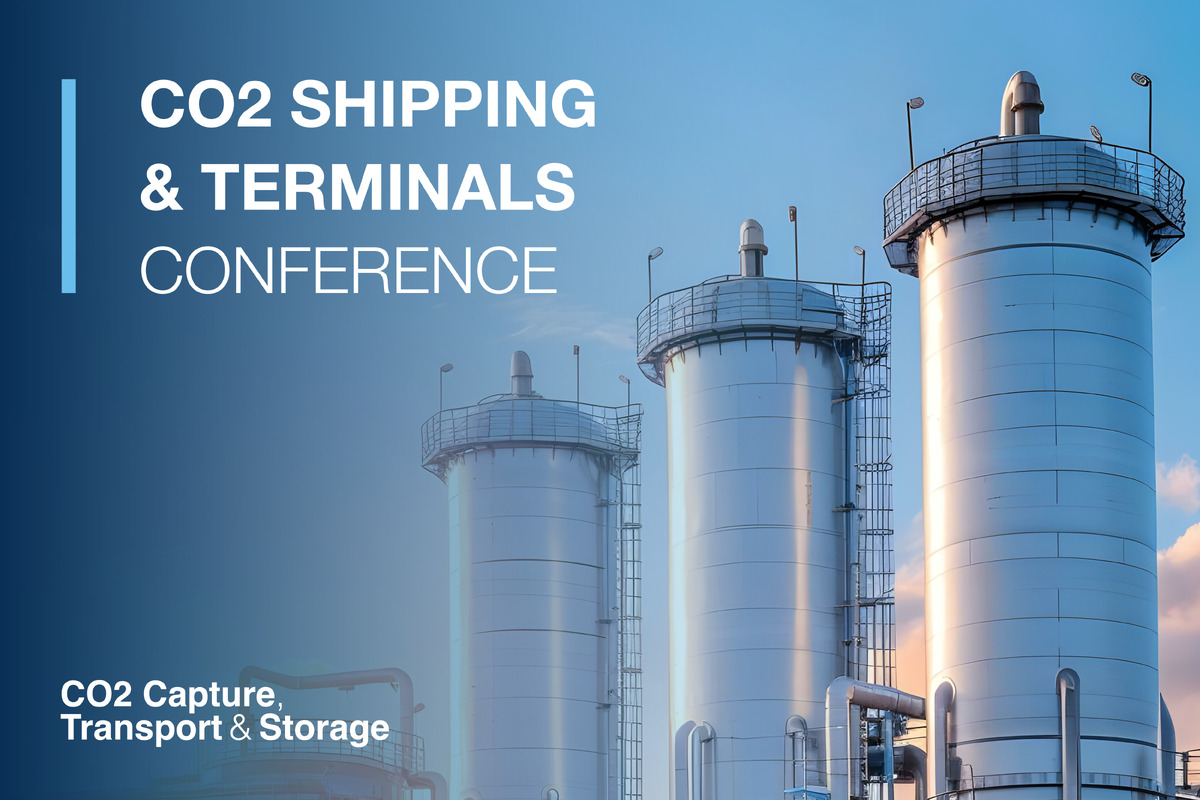Business Sectors
Contents
Register to read more articles.
How an autopilot device can lower CII ratings
Anschütz says sea trials have shown its autopilot NautoPilot 5000 NX can reduce a ship’s fuel consumption
Anschütz launched the autopilot product in January this year. The company said the NautoPilot 5000 NX supports the crew on board ships with four independent functions to steer more efficiently and reduce fuel consumption.
The product has undergone a trial on 2008-built vehicle carrier Corona Sea, which is managed by AdMare and operated Transfennica on regular Baltic Sea routes.
According to Anschütz, the available data shows “significant fuel savings can be achieved through the functions and settings of the NautoPilot 5000 NX autopilot series.”
The company now claims this can help lower a vessel’s Carbon Intensity Indicator (CII) rating.
“Less fuel consumption leads to lower costs, but also to lower emissions,” explained Anschütz technical marketing manager Volker Wenzel. “In the wake of the climatic change and new or upcoming regulations, reducing emissions is becoming increasingly important for shipowners and ship operators.”
CO2 emissions per cargo-carrying capacity and nautical mile are measured and assessed using the Carbon Intensity Indicator. From 2024 onwards, cargo, cruise and ropax ships must calculate their CII value based on reported fuel oil consumption data from the previous year.
CII scores can be improved either by an increase of distance travelled, an increase of the vessel’s capacity, or by reducing annual fuel consumption – and the latter is what the Anschütz’s autopilot is targeting.
Since speed, rudder movements, weather conditions and a ship’s characteristics all affect steering performance, NautoPilot was developed with specific fuel-saving ventures including algorithms for highly precise steering where needed.
Other features include a heading and rudder plot for an instant overview of steering performance and simplifying adjustment of autopilot settings for minimal rudder activity.
A course control mode helps to steer the ship on a course over ground line and automatically compensates for drift deviations. An economy mode reduces rudder activity and the toe angle function reduces fuel usage for vessels with dual rudders by optimising steering characteristics via offsetting the rudders from each other.
Following successful sea trials, the product is being rolled out and will be installed aboard other roro cargo vessels.
Riviera’s two-day Maritime Decarbonisation, Europe: Conference, Awards & Exhibition 2023 returns to Amsterdam on 26-27 September 2023, seeking to bring clarity to regulatory directions and decarbonisation pathways for both newbuilds and existing vessels
Related to this Story
Events
Reefer container market outlook: Trade disruption, demand shifts & the role of technology
Asia Maritime & Offshore Webinar Week 2025
Marine Lubricants Webinar Week 2025
CO2 Shipping & Terminals Conference 2025
© 2024 Riviera Maritime Media Ltd.


